The Complete Guide To Raising Cows On A Farm
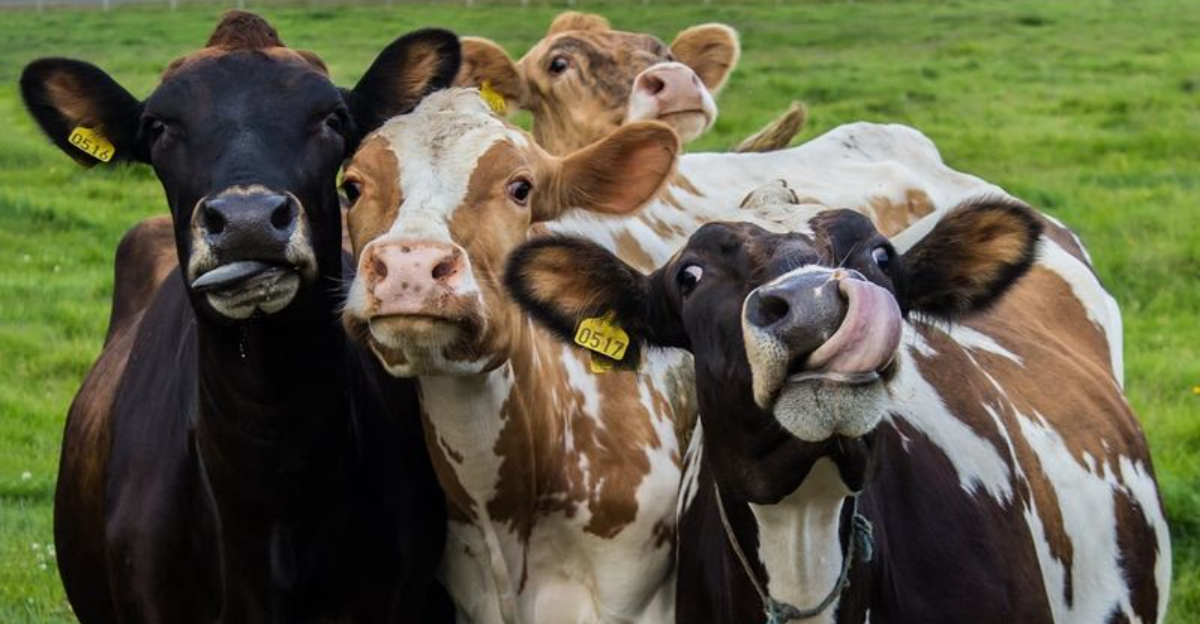
Ever dreamed of hearing the gentle moos across your pasture at sunrise? Raising cows can be one of the most rewarding agricultural ventures, providing milk, meat, or simply companionship.
While it might seem intimidating at first, breaking down the process into manageable steps makes cow farming accessible even for beginners with the right preparation and knowledge.
1. Planning Your Cattle Operation
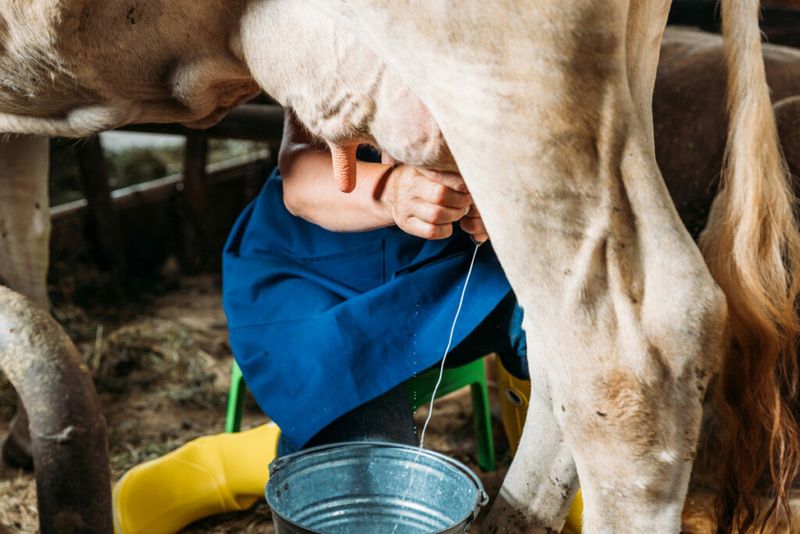
Before bringing home your first bovine friends, decide whether you’re raising dairy cows, beef cattle, or heritage breeds. Each type requires different resources and management approaches.
Consider your available acreage – typically you’ll need 1-2 acres per cow. Your local climate and personal goals will shape everything from breed selection to facility design.
2. Selecting The Right Breed
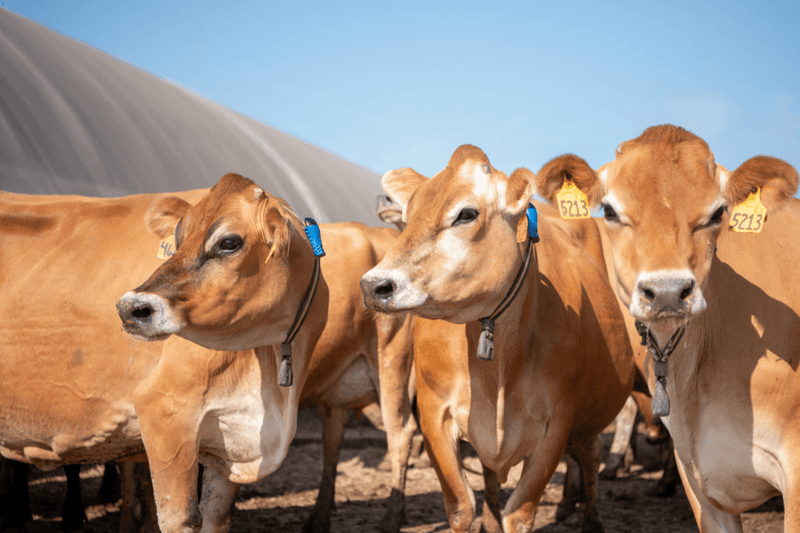
Not all moos are created equal! Holstein-Friesians dominate dairy production with impressive milk yields, while Angus and Hereford excel for beef operations.
Smaller homesteads might prefer dual-purpose breeds like Dexters or Jerseys. Match the breed to your climate too – Brahman cattle handle heat beautifully, while fluffy Highlands thrive in colder regions.
3. Setting Up Proper Fencing
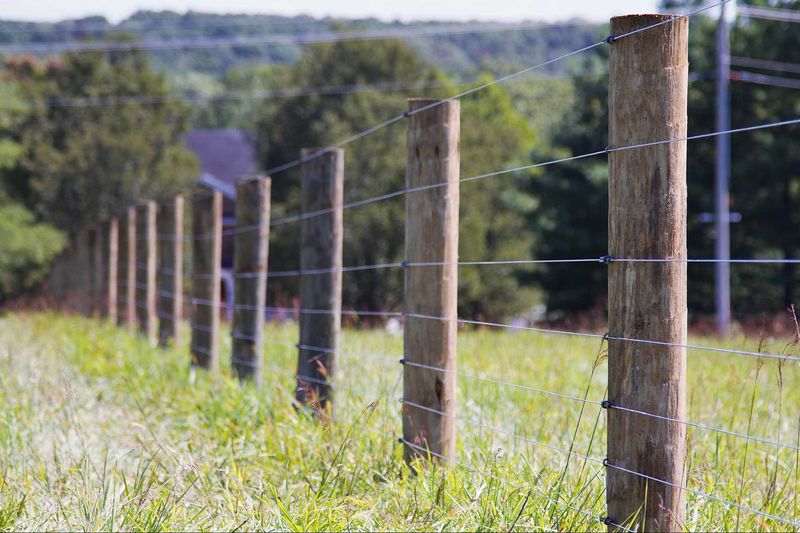
Good fences make good neighbors—and keep curious cows from exploring beyond their boundaries! Barbed wire works for docile beef cattle, but woven wire offers better security for calves and more active breeds.
Electric fencing provides psychological barriers that teach cattle respect. Remember to check fence lines weekly for damage, as determined bovines can find surprising ways through weak spots.
4. Creating Shelter Solutions
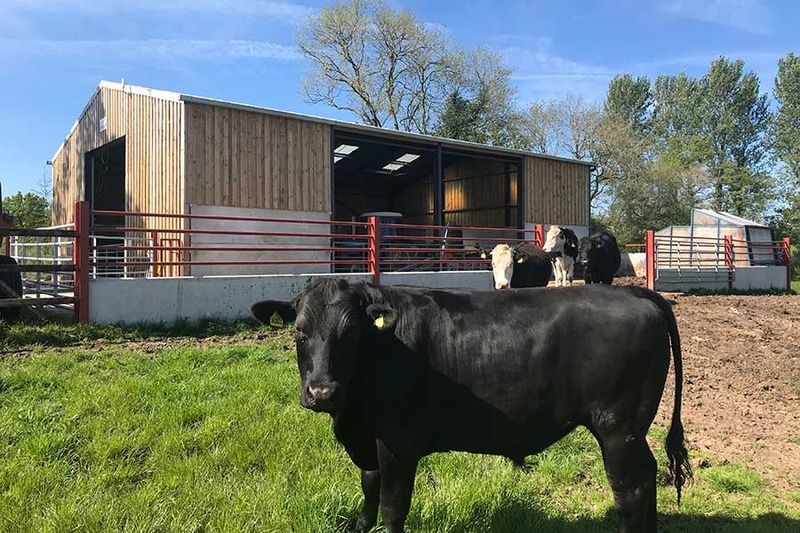
Contrary to popular belief, cows don’t always need elaborate barns. A simple three-sided shelter protects from harsh winds and driving rain while providing necessary shade during summer heat.
For calving operations, plan separate, draft-free spaces with clean bedding. Your shelter should allow about 20-30 square feet per adult cow and feature good ventilation without direct drafts.
5. Mastering Water Management
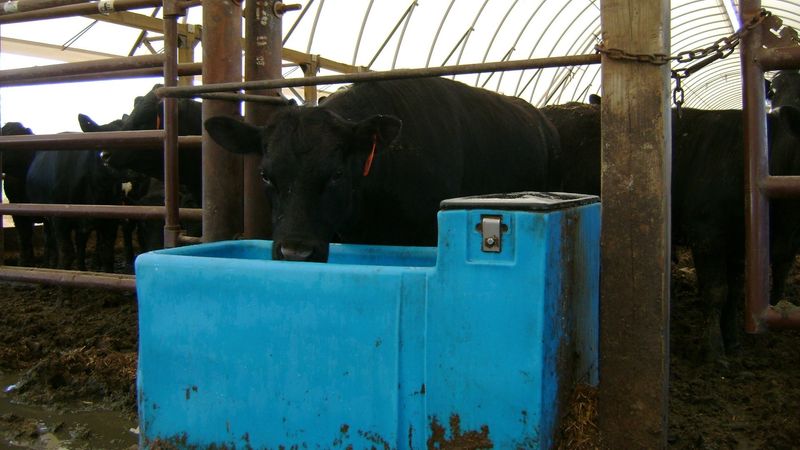
Adult cows gulp down 30-50 gallons daily, making reliable water access non-negotiable! Automatic waterers prevent freezing in winter and keep water fresh.
Position water sources away from feed areas to prevent muddy messes. Multiple access points prevent boss cows from blocking others. Check water quality regularly – contaminated sources can quickly impact health and production.
6. Developing A Feeding Program
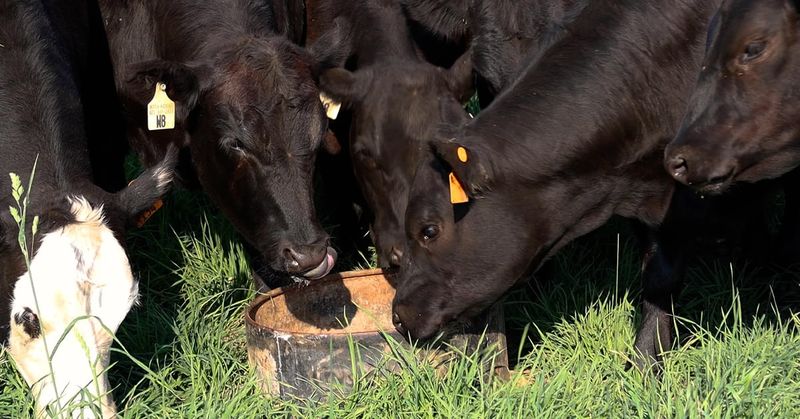
Grass might seem simple, but cattle nutrition requires balance! Pasture-raised cows need supplemental minerals even on lush fields. Watch for seasonal changes affecting forage quality.
During winter or drought, hay becomes crucial – store approximately 2-3 tons per cow. Lactating dairy cows need additional grain rations to maintain production. Always introduce feed changes gradually to avoid digestive upsets.
7. Establishing Health Protocols
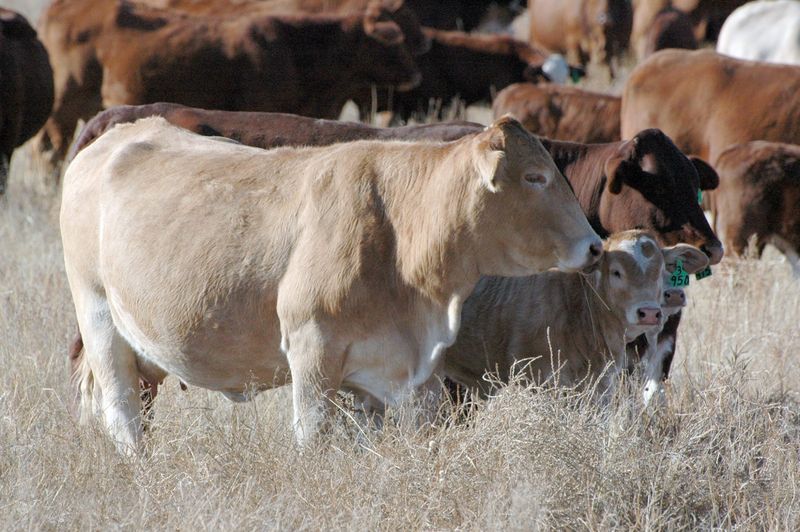
Partner with a large-animal vet before emergencies happen! Create a vaccination schedule covering diseases prevalent in your region, typically including BVD, IBR, and clostridial diseases.
Learn to spot common ailments like pink eye, foot rot, and respiratory issues. Keep a well-stocked medicine cabinet with thermometers, wound treatments, and electrolytes. Regular deworming and fly control significantly improve cattle comfort and productivity.
8. Building Handling Facilities
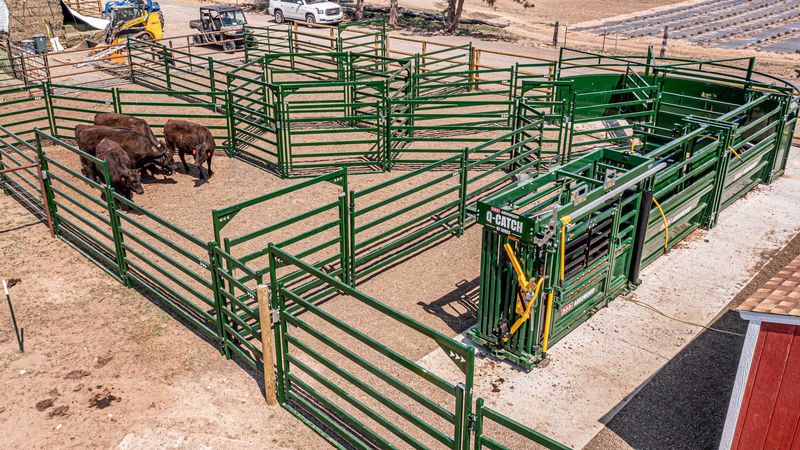
Wrangling a 1,200-pound animal without proper facilities isn’t just difficult—it’s dangerous! A basic handling system includes a holding pen, single-file alley, and sturdy headgate.
Curved chutes work with cattle’s natural behavior, reducing stress during processing. Even small operations need squeeze chutes for safe vaccinations and treatments. Solid sides on working areas prevent distractions that cause cattle to balk.
9. Learning Breeding Basics
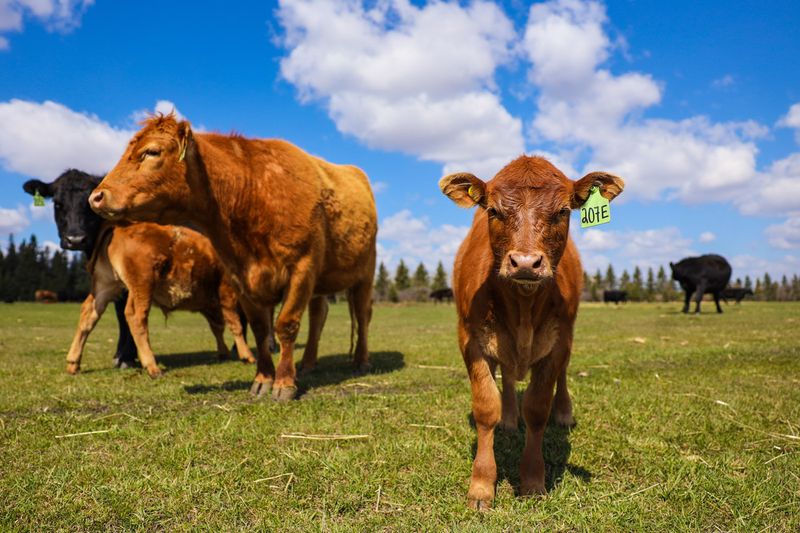
Ready for baby moos? Heifers should reach about 65% of their adult weight before breeding, typically around 15 months old. Record keeping becomes your best friend—note heat cycles, breeding dates, and expected calving times.
Consider artificial insemination for genetic improvement without bull maintenance costs. Bulls require extra safety measures and separate housing when not breeding. Plan calvings for favorable weather in your region.
10. Mastering Calving Season
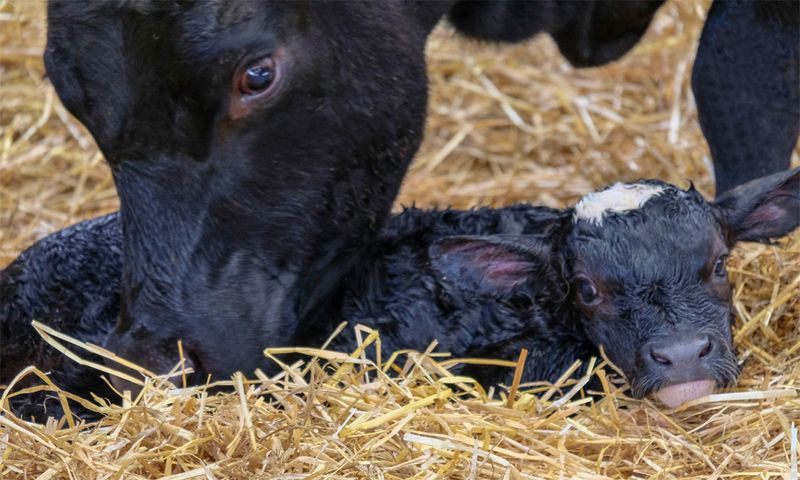
Few farming experiences match witnessing new life! Most cows deliver without assistance, but be ready to help. Learn to recognize normal labor progression and when to intervene.
Keep calving kits prepared with OB chains, lubricant, and iodine for navels. Ensure calves nurse within 2 hours to receive crucial colostrum. First-time mothers may need extra supervision as they learn parenting skills.
11. Implementing Pasture Rotation
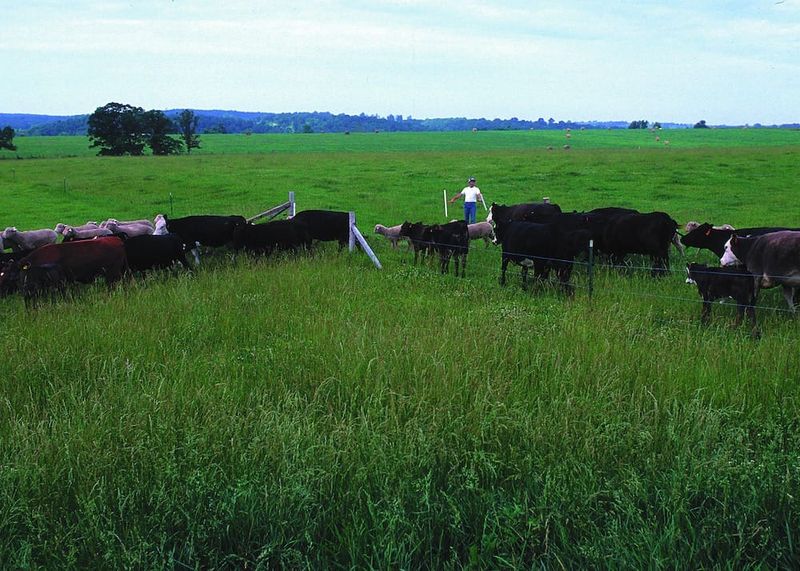
Smart graziers divide pastures into paddocks, moving cattle frequently to fresh grass. This mimics natural grazing patterns, prevents overgrazing, and reduces parasite problems.
Allow pastures to recover to 8-10 inches before regrazing. Portable electric fencing makes rotational grazing flexible and affordable. Watch for toxic plants like wild cherry, oak leaves, and buttercups that can harm curious cows.
12. Maintaining Farm Records
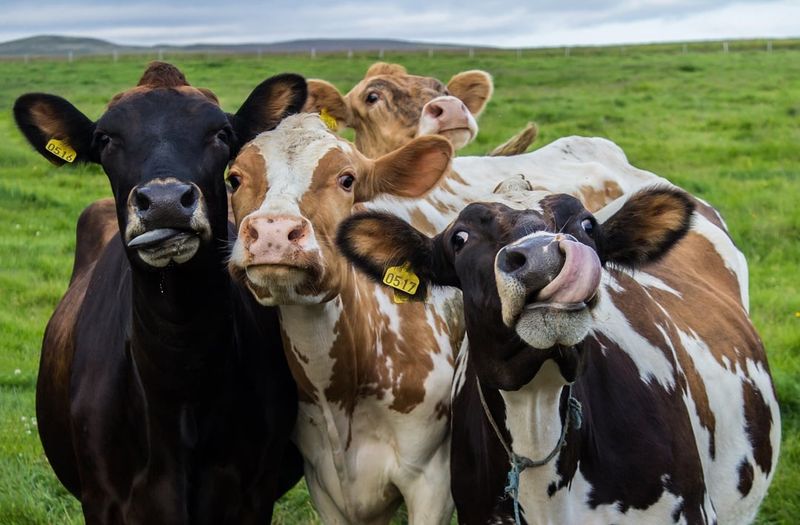
Successful farmers track more than memories! Keep detailed records of vaccinations, treatments, breeding dates, and production metrics. This information guides future decisions and identifies your top performers.
Digital apps simplify record-keeping with features like barcode scanning for individual animals. Good records also prove invaluable during sales, tax time, and if health issues arise requiring treatment history.
13. Marketing Your Cattle Products
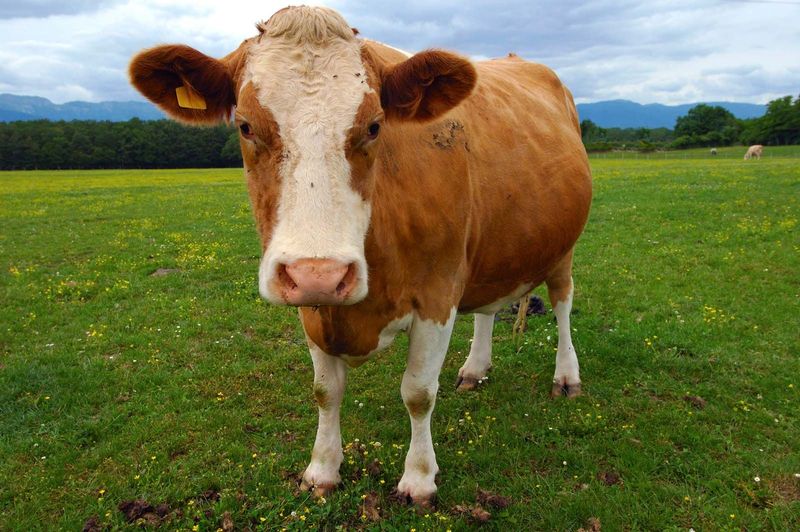
Growing gorgeous cattle is only half the equation—you’ll need buyers! Direct marketing beef or dairy creates higher profits than auction sales. Consider farm stores, farmers markets, or subscription models.
Online presence matters—share your farming practices and animal care standards. Value-added products like cheese or specialty cuts can double profits. Certifications like organic or grass-fed open premium markets for quality-focused producers.
14. Managing Seasonal Challenges
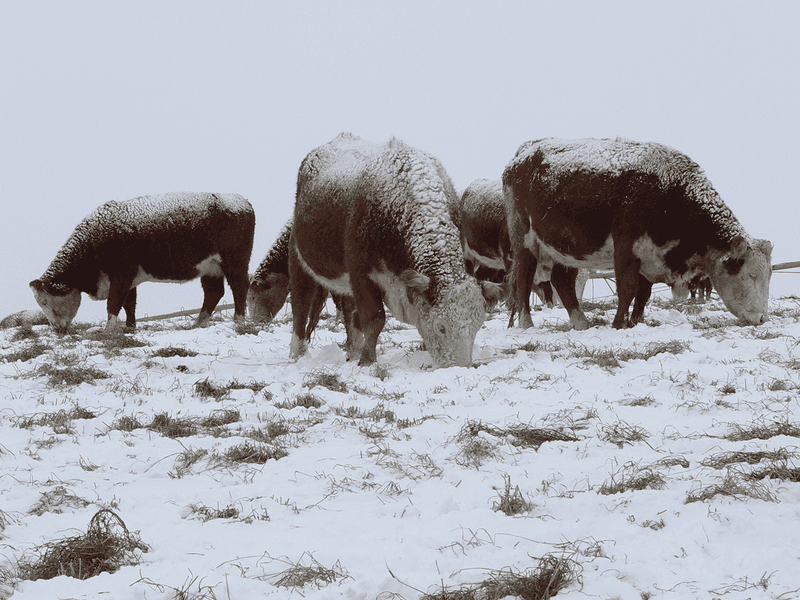
Summer brings heat stress risks—provide shade and consider adding sprinklers for extreme temperatures. Watch for increased water consumption and reduced feed intake during hot spells.
Winter demands different preparations, including windbreaks, extra feed for warmth, and ice-free water sources. Spring brings mud management challenges, while fall requires parasite control before winter housing. Each season brings unique joys and hurdles!
15. Growing Your Operation Sustainably
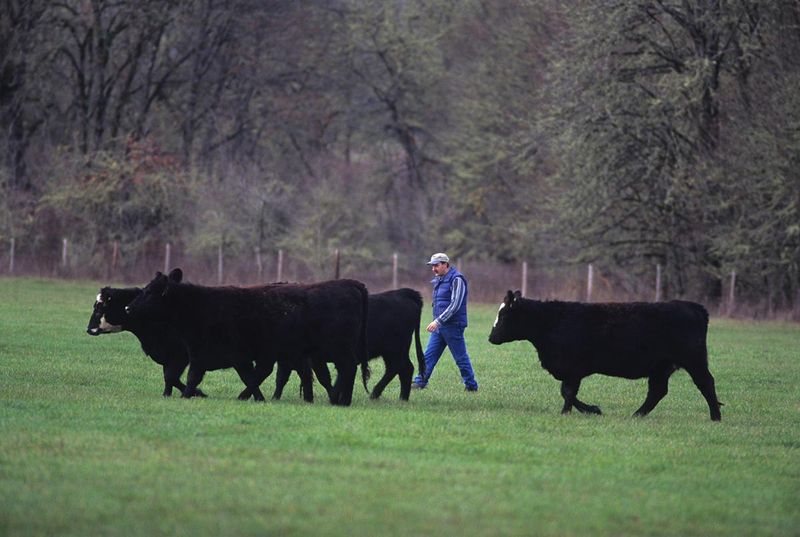
Start small and expand gradually as you master cattle management. Adding just 2-3 animals yearly prevents overwhelming your resources while building experience.
Develop mentorship relationships with experienced farmers. Consider diversification—adding compatible enterprises like pastured poultry that benefit from cow manure. Implement regenerative practices like silvopasture or multi-species grazing to improve land while raising cattle.






